Imagine walking through 5,000 bright orange and black gates wooded hills with blooming cherry blossoms.
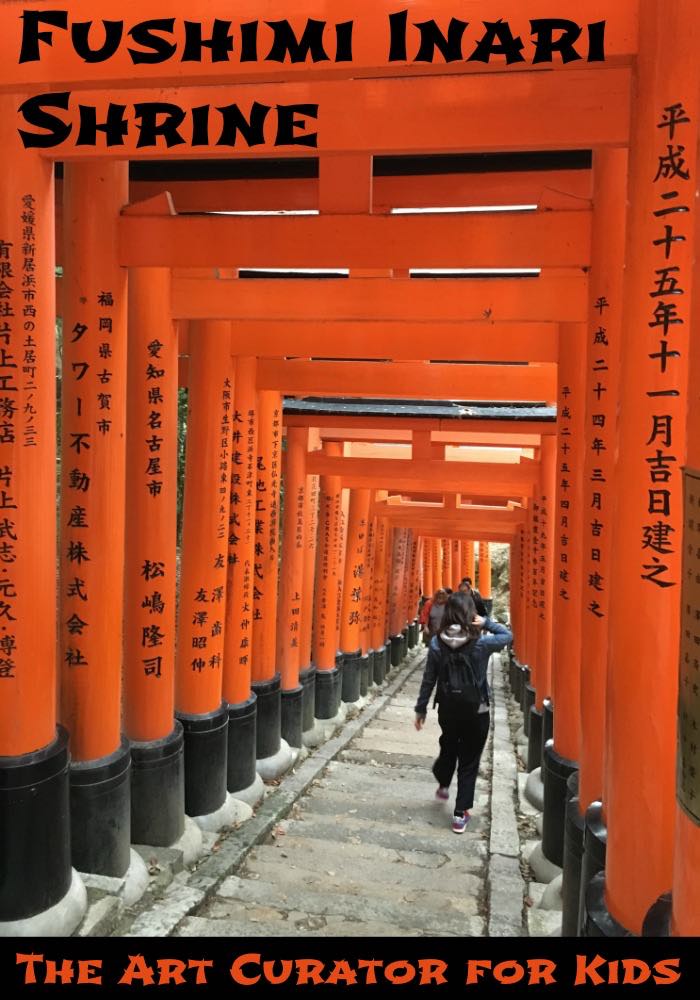
While exploring Japan on my Google Cardboard, I discovered the Fushimi Inari Shrine in Kyoto, Japan. I was drawn to this Shinto shrine because of the 5,000+ bright orange torri gates than fill more than 4km of trail space through the hills above the shrine. I was so excited to get the chance to visit this spectacular place on my recent trip to Japan.

Explore this shrine with your students and use the information below to teach about the cultural heritage of Japan. Then, check out the upcoming part two to this post–a cute fox art activity to connect the Japanese kitsune (fox) sculpture and wishes. Be sure to sign up to receive all posts by e-mail to be notified when the activity is posted!
Shinto Religion
Shinto is the original ethnic religion of Japan and still remains an important piece of the cultural heritage of the people of Japan. Shinto differs from other religions as it is more a way of life rather than a system of stories and myths to explain the world. There is no Shinto god or official founder of the religion, and Shinto adherents are free to follow explore their spirituality in any way they personally see fit. (Source: BBC Religions: Shinto)

Shinto followers use rituals and shrines to communicate with special spirits called kami. While the kami are not gods, Shinto adherents do believe that the kami will benefit our lives if they are honored. When I visited several shrines on my trip to Japan, I enjoyed witnessing many Japanese people performing these rituals to honor the kami.
Shinto Shrines
Shrines are a key component of the Shinto religion, and thousands of shrines exist in Japan today from large shrines like the Fushimi Inari to small household shrines. Each has it’s own local character and personality.
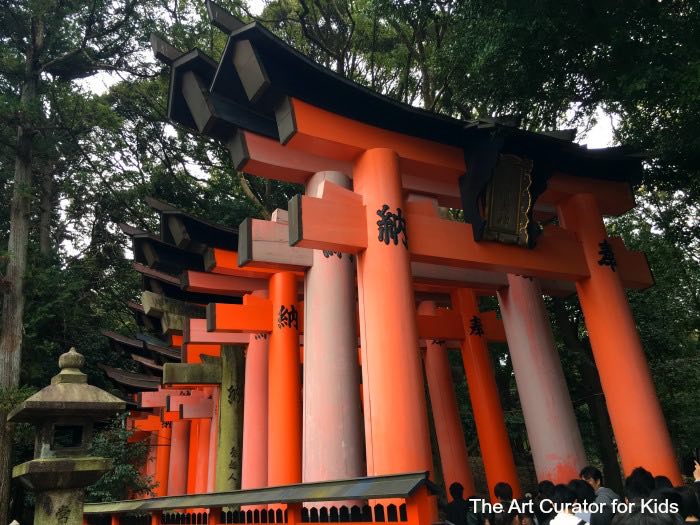
Most people visit their local shrine to pay their respects to the kami, but many people visit a Shinto shrine in the first few days of the year to start their year on a positive note. This is called hatsumōde. In hatsumōde, visitors make wishes for the new year and get a fortune/oracle called an omikuji. They bring the omikuji from the year before to burn to say goodbye to the prior year.
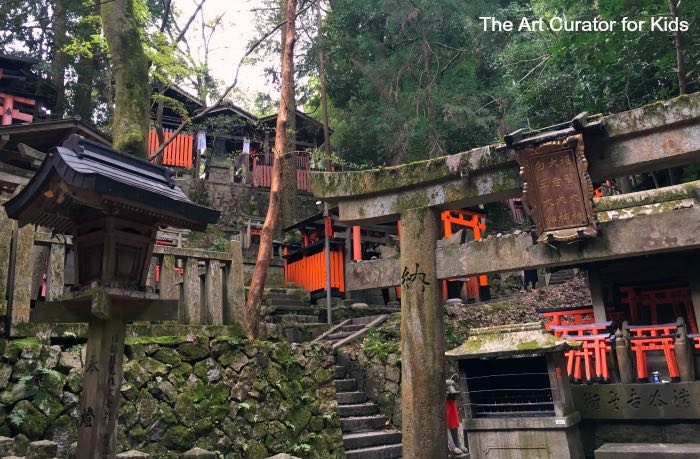
In the first 3 days of 2010, Fushimi Inari Shrine alone had 2.7 million visitors! (Source: Wikipedia) And I thought it was crowded when I went!
Torii Gates
Torii gates mark the entrances of most Shinto shrines. The gates help prepare visitors to enter the sacred space. The gates are usually two column posts with two sweeping lintels across the top. While most shrines probably only have one torii gate, Fushimi Inari Shrine is unique with its thousands of gates.

Fushimi Inari is dedicated to Inari who is the kami of foxes, fertility, agriculture and industry, prosperity, and success. Each torii gate at this Shinto shrine was donated by a Japanese business to honor Inari and help fund the shrine.
I was amazed at the gorgeous gates with the black Japanese kanji and katana on them. The writing was on the back, and my sister and I wondered why. When we realized the text was basically names of businesses, the gates took on a new feel. We wondered how we would feel if the text was English names of law firms, restaurants, and other business. How do the Japanese people feel when they see the text on the gates?

Going through all of the gates was a 2 hour+ walk, and we only scratched the surface due to my annoying cold! It was a breathtaking site!
Discussion Points
Use these discussion topics with your students to further explore this place.
- Image walking through this row of gates. How would it make you feel? How would you compare these gates with other doorways and entrances in your life?
- What do you think the impact of the Japanese writing is on the experience of different types of visitors?
Shinto Fox Art Activity
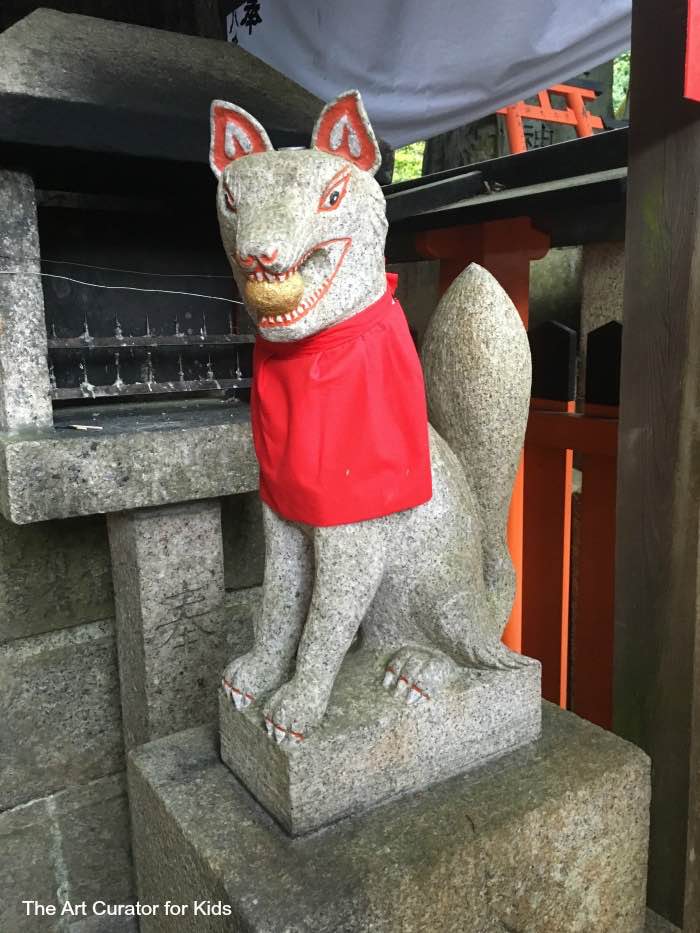
Stay tuned for part two of this post which goes into the fox imagery throughout the Fushimi Inari Shrine. Sign up for e-mails to be notified when it is posted!


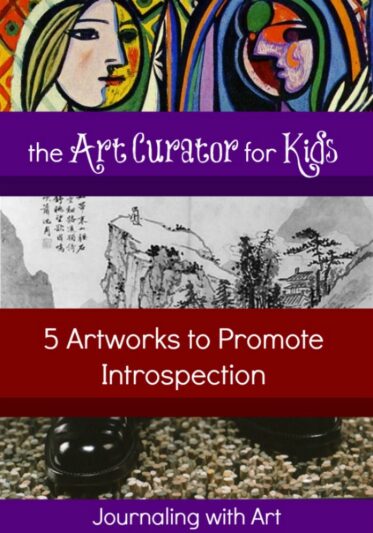



Leave a Comment